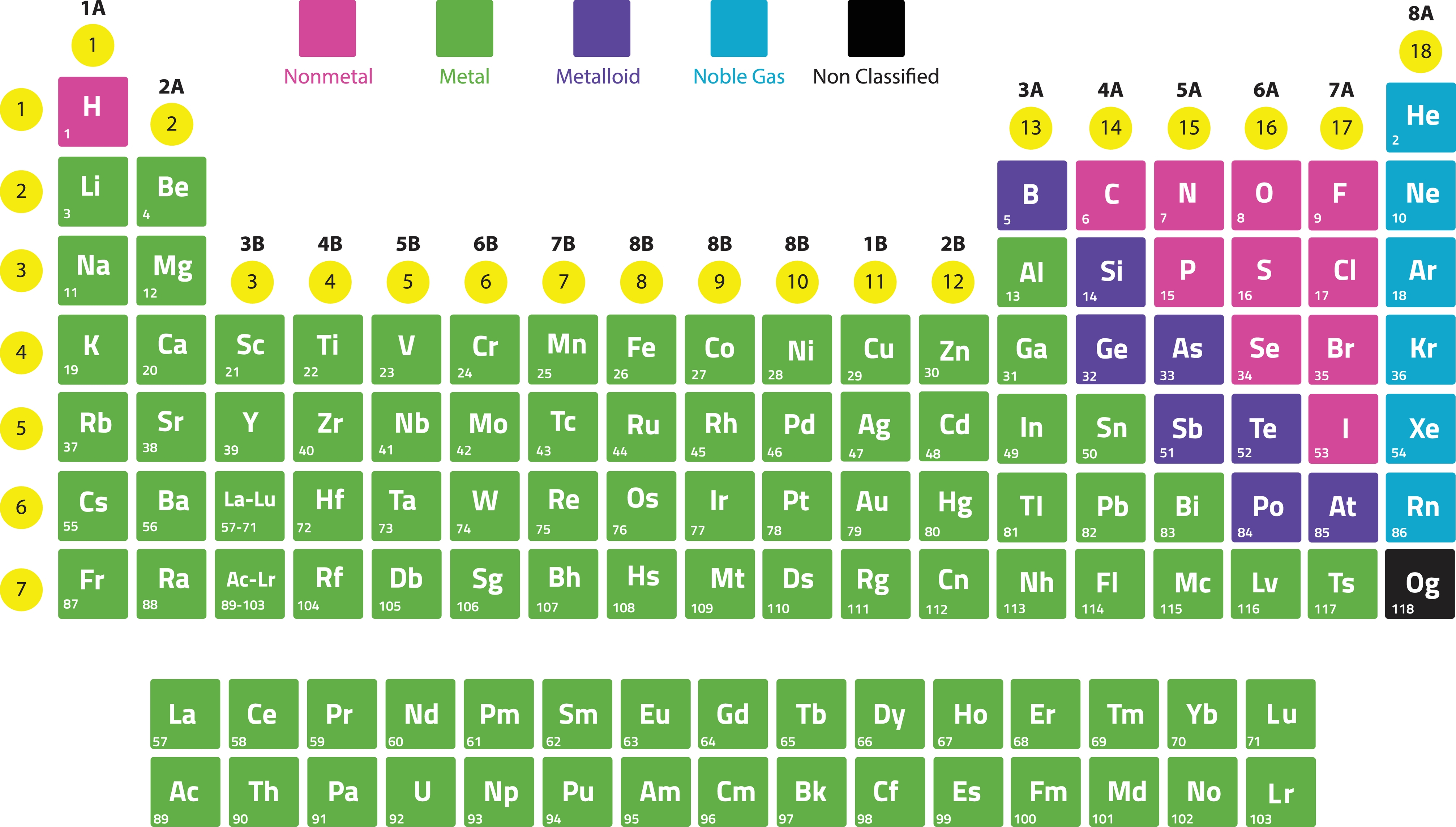References to “heavy metals” are common when talking of mining, some industries, and the contents of certain asteroids. But what is the heaviest metal, and might that record be broken in future?
What is heavy?
You might not think there is much ambiguity in a five-word question like “What is the heaviest metal?” but you’d be wrong. For one thing, any metal can be the heaviest if you have enough of it. If you somehow made separate mountains out of every metal on Earth, the iron mountain would easily be the heaviest, simply because we have so much of it – it makes up most of the Earth’s core, after all.
This, however, is almost certainly not what most people mean. What makes an element heavy in general discussion is either the weight of its atom – the number of nucleons (protons and neutrons) required to make it – or its density. The two are related and tend to rise together, but they don’t correlate perfectly. Some elements with fewer nucleons have electron shells that allow them to pack in more tightly, therefore having greater density than more nucleon-rich elements.
We’ll look at both measures below.
What is a metal?
A trickier question is “What is a metal?” since the answer depends very much on what field of science you come from.
To astronomers, all elements other than hydrogen and helium are metals. When 98 percent of the mass of most stars is made of just two elements, people might be forgiven for lumping all the others together.
Physicists with more Earthly concerns have a more restricted definition. Sir Nevill Mott defined metals as any substance that conducts electricity at a temperature of absolute zero (−273.15°C / −459.67°F). Mott has a Nobel Prize for studying metals, and we don’t, so we’re not going to argue, particularly since many other physicists have adopted his definition.
Nevertheless, some elements that are generally considered to be non-metallic conduct under high pressure, even at temperatures a fair way above absolute zero. Jupiter’s properties are best explained, for example, but a sea of conducting hydrogen around its core.
Chemists draw what looks like a set of stairs across the periodic table, with metals on the left and non-metals on the right. Some ambiguous cases are acknowledged – arsenic and tellurium, among others, are “metalloids” – proving once again that nature is seldom as binary as we pretend.

Periodic table showing metals in green.
Image credit: rktz/Shutterstock.com
Here at IFLScience, we love all science, so we’ll respect each field in our answer.
Heaviest nucleus
The element with the heaviest nucleus we know is pretty much a draw. Oganesson has 118 protons and 294 nucleons in the only isotope we have made. Meanwhile, tennessine exists in two isotopes, one of which also has 294 nucleons, but the other has 293. So, if you had samples mixing all isotopes, ogannesson would be the heaviest metal because the lighter isotope would drag tennessine’s average down.
Since according to astronomers, these are both very much metals, oganesson probably wins, but you can call it a draw if you like.
To a chemist, however, tennessine is a metal while ogannesson probably isn’t. We don’t really know, because both of them have half-lives of a fraction of a second, so we can’t measure their properties, but by extrapolation, the line between metals and non-metals usually splits the two, making Tennessine the heaviest metal. After all, ogannesson is part of the noble gas column on the table, whose members have very un-metallic properties.
On physicists’ definition, the question is even trickier. None of the largest-nucleus elements last long enough to test their conductivity at room temperature, let alone near absolute zero, so who really knows? (Please contact us if you actually do.)
What is the densest metal?
As discussed above, some elements draw their electrons tightly around them, so you can pack their atoms in so closely that a sample of them can be heavier than one of the same size of an element further along the table.
The problem here is that, for many elements, we don’t know their density because, again, we have only produced tiny quantities of them and they don’t last long.
Apparent resemblances between the crystal structure of some synthetic elements and those of the elements above them on the periodic table have led to estimates of their density.
Based on this, hassium and meitnerium each have a density of 27-29 grams per cubic centimeter (that is 27-29 times as heavy as the same volume of water). The elements with larger atomic numbers are all expected to be less dense, in some cases drastically so. Again, these are both elements all sciences agree are metals, so the answer comes down to one of them.
Among elements we have actually measured, sources vary. Iridium and osmium (which not coincidentally sit directly above hassium and meitnerium on the periodic table) are clearly the top two, both around 22.6 g/cm3 at room temperature, but measurements differ enough at the second decimal place that which is denser appears to be unsettled. Nevertheless, it’s clear that on this measure, these are the top two, and they’re also both definitely metals.
More to come
All this is based on the elements we know. However, the periodic table has been expanding since it was first created. We have synthesized more than 20 elements not found in nature since the 1940s, and there is no reason to think we’re done yet.
There is evidence for an “island of stability” where much heavier elements will be able to survive with longer half-lives. All such elements will be metals to astronomers, and almost certainly will meet the test for chemists and physicists as well.
Source Link: What Is The Heaviest Metal?